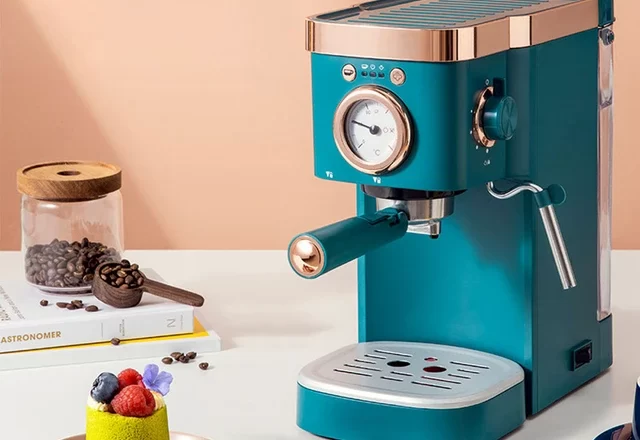Introduction
Coffee machines and espresso machines are both popular appliances used to brew different types of coffee beverages. While they share the common goal of brewing coffee, there are significant differences between the two. In this article, we will explore the distinctions between coffee machines and espresso machines, providing specific details and considerations to help you understand their unique features and functionalities.
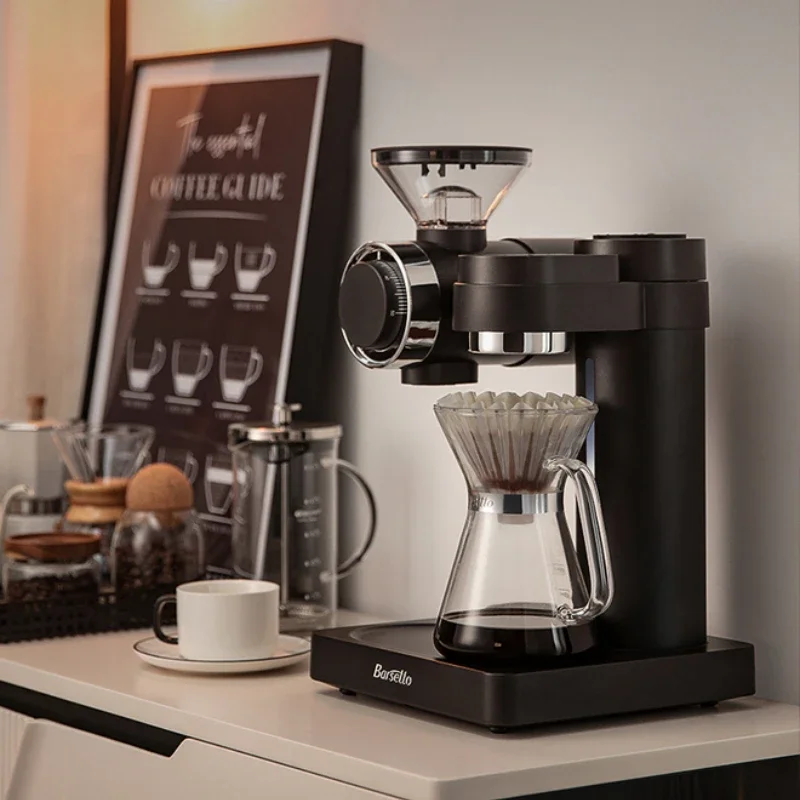
Is there something unique about espresso machines?
Brewing Process
The fundamental difference between coffee machines and espresso machines lies in the brewing process they employ.
Coffee Machines: Coffee machines, also known as drip coffee makers or filter coffee machines, use a drip brewing method. They typically consist of a water reservoir, a heating element, a filter basket, and a carafe. The brewing process involves pouring hot water over coffee grounds contained in a paper or permanent filter. The water then passes through the grounds and drips into the carafe, resulting in a larger quantity of brewed coffee.
Espresso Machines: Espresso machines, on the other hand, use a different brewing method known as espresso extraction. These machines force hot water through finely ground coffee under high pressure, resulting in a concentrated shot of espresso. Espresso machines are equipped with a portafilter, which holds the coffee grounds, and a pump or lever system that generates the high pressure required for extraction.
Beverage Types
Coffee machines and espresso machines are designed to create different types of coffee beverages, each with its own characteristics and flavors.
Coffee Machines: Coffee machines are primarily used to brew regular drip coffee. The resulting beverage is generally larger in volume, less concentrated, and has a milder flavor compared to espresso. Drip coffee is often enjoyed with milk, cream, or sweeteners and can be served hot or cold.
Espresso Machines: Espresso machines are focused on producing shots of espresso, which are small, concentrated servings of coffee. Espresso shots have a rich, intense flavor and a thicker consistency compared to drip coffee. They form the foundation for various espresso-based beverages such as cappuccinos, lattes, macchiatos, and Americanos.
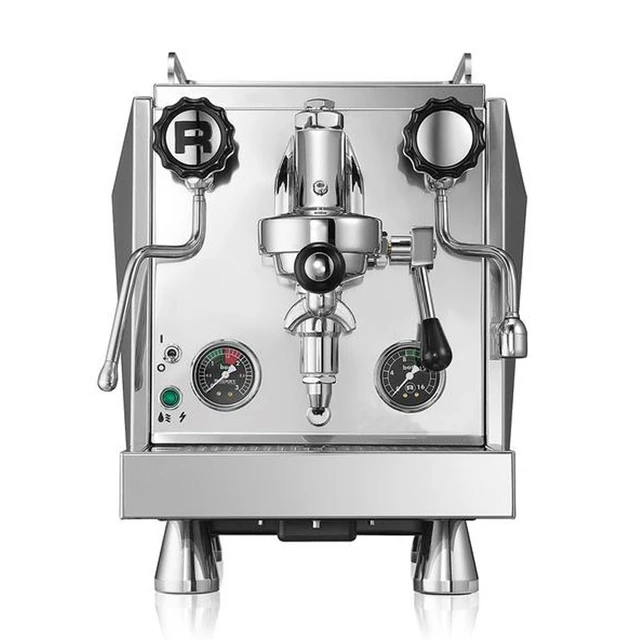
Coffee Strength and Flavor
Coffee Machines: Coffee brewed using a coffee machine tends to have a milder flavor and a lower concentration of coffee solids compared to espresso. The longer extraction time and higher water-to-coffee ratio contribute to a less concentrated brew. Drip coffee often exhibits a range of flavors, depending on the coffee beans used and the desired roast level.
Espresso Machines: Espresso shots brewed with an espresso machine have a bold, concentrated flavor and a higher coffee-to-water ratio. The short extraction time and high pressure extraction process result in a brew that contains more dissolved solids and oils. This concentrated brew contributes to the characteristic strong flavor and rich crema of espresso.
Grinding Size and Consistency
The grind size and consistency of the coffee grounds play a significant role in the brewing process and differ between coffee machines and espresso machines.
Coffee Machines: Coffee machines generally require a medium-coarse grind size. This grind size allows water to flow through the grounds slowly, extracting the flavors over a longer period. The coarser grind helps prevent over-extraction and minimizes the risk of clogging the filter.
Espresso Machines: Espresso machines require a fine and consistent grind size to ensure proper extraction. The fine grind allows for a higher surface area contact between the water and coffee grounds, facilitating the extraction of flavors and oils. Consistency is crucial to ensure even extraction and prevent channeling, where water flows through the path of least resistance and leads to an imbalanced extraction.
Pressure and Extraction Time
Another significant difference between coffee machines and espresso machines is the pressure and extraction time involved in the brewing process.
Coffee Machines: Coffee machines operate under low pressure, typically using gravity to allow water to flow through the coffee grounds. The brewing process is relatively slow, with water passing through the grounds in a steady drip, resulting in a longer extraction time.
Espresso Machines: Espresso machines use high pressure, usually between 9 and 15 bars, to force hot water through the coffee grounds. This high-pressure extraction process is rapid, typically lasting between 20 and 30 seconds. The high pressure enables the extraction of flavors, oils, and the formation of the crema, a layer of foam on top of the espresso shot.
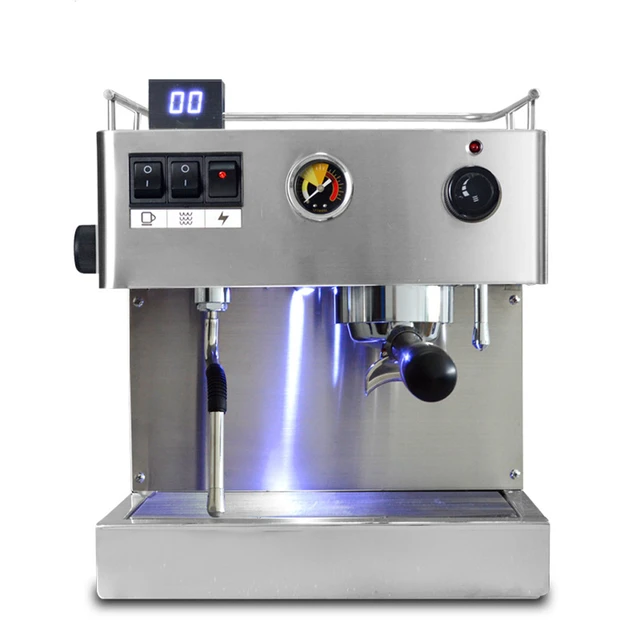
Milk Steaming and Frothing
Espresso machines often come equipped with a steam wand or frothing attachment, allowing for the creation of textured milk for various milk-based espresso beverages.
Espresso Machines: With a steam wand or frothing attachment, espresso machines enable the steaming and frothing of milk. This feature allows you to create microfoam, a creamy and velvety milk texture used in beverages like cappuccinos and lattes. The steam wand releases steam, which is injected into the milk, creating a frothy texture.
Coffee Machines: Coffee machines typically do not have built-in milk steaming or frothing capabilities. They are primarily designed for brewing drip coffee and are not equipped with features for preparing milk-based beverages.
Customization and Control
Espresso machines generally offer more customization and control over the brewing process compared to coffee machines.
Espresso Machines: Espresso machines provide various settings and controls that allow you to adjust factors such as grind size, water temperature, pressure, and extraction time. These controls give you the flexibility to fine-tune your brewing parameters and achieve your preferred flavor profile.
Coffee Machines: Coffee machines typically have fewer customization options. While some models offer programmable features like brew strength and brew time, they generally provide less control over the brewing process compared to espresso machines.
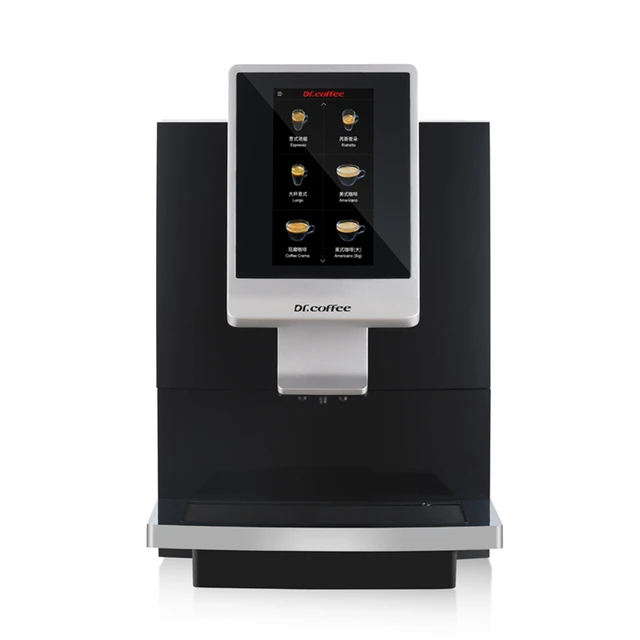
Price and Complexity
Price and complexity can vary significantly between coffee machines and espresso machines, depending on the features, quality, and brand.
Coffee Machines: Coffee machines are generally more affordable and straightforward in design and functionality. They are widely available in various price ranges, making them an accessible option for many coffee enthusiasts.
Espresso Machines: Espresso machines can range from affordable entry-level models to high-end, professional-grade machines. The price range reflects the complexity of the espresso brewing process, the quality of materials used, and the additional features and functionalities offered. Higher-end espresso machines often provide more control and consistency in brewing, but they also require more skill and maintenance.
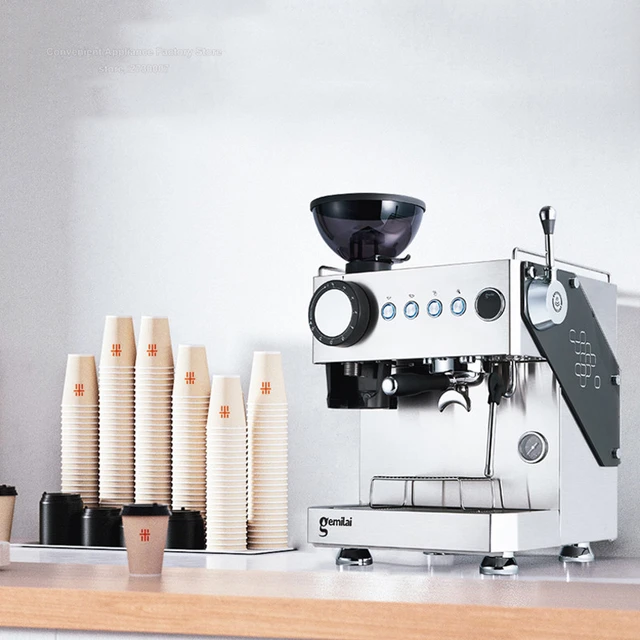
Conclusion
Coffee machines and espresso machines differ significantly in terms of brewing process, beverage types, strength, flavor, grind size, pressure, milk frothing capabilities, customization, and price. Coffee machines excel at brewing larger quantities of milder, drip-style coffee, while espresso machines focus on producing concentrated shots of intense espresso. Each machine offers a unique coffee experience, catering to different preferences and brewing styles. Understanding these differences can help you choose the right machine to suit your coffee preferences and brewing needs.

